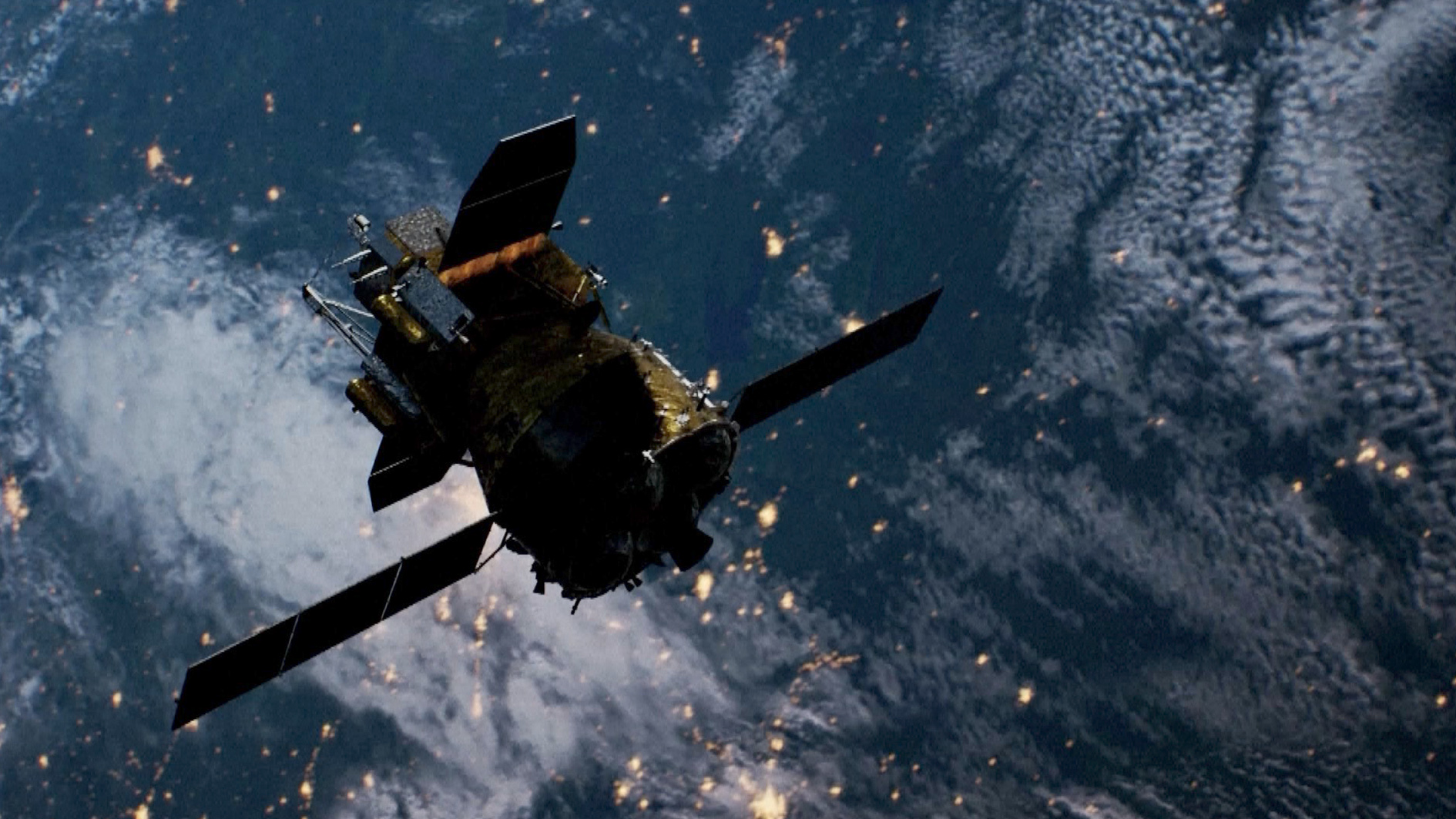China is well on its way to being a space power, not in leaps and bounds, but in carefully calibrated steps. The launch of Chang'e 5which left the Earth on November 24 and now is entering the Moon's orbit, is an important milestone, not just for the rocks it aims to collect, but as a test of the technology necessary to establish a lunar base.
China may seem to be a late arrival to the space race, long dominated by the Soviet Union and then the United State.
When Sputnik I, the world’s first man-made satellite was launched, Mao Zedong hinted that Chinese satellites would follow. During his 1957 Moscow visit, he stood with Nikita Khrushchev to hail the flight of Sputnik II, which was carrying space dog Laika.
The march of rocket science got sidetracked during the Cultural Revolution and China did not launch its own satellite, the Dongfanghong 1, until 1970. It famously beamed the iconic tune “The East is Red” back to earth, but saw little practical follow-up.
Fast forward 50 years and China is a contender. If
everything goes according to the plan, the Chang’e 5 lunar lander will scoop up rock,
detritus and debris samples, and return to earth in the 2nd half of December 2020.
The 8,200 kg spacecraft, launched from Hainan province by a Long March 5 rocket, consists of 4 modules: a service module, a lunar lander, a lunar ascender and a return capsule which deliver the sample back to Earth. This has been done before by several Soviet probes, the first of which, Luna-16, succeeded in 1970. The last time the samples from the Moon were delivered by the Soviet probe Luna-24 in 1976. They all used direct flight profile. It would be reasonable to suppose that the Chinese probe would use similar design and flight configuration. However, the flight configuration of Chang'e 5 is rather similar to the American manned Apollo flight profiles, with the orbiter module, and the lander coming from the Moon surface and docking to it prior to returning to Earth. The returner capsule will use the “skip re-entry” method to decelerate for a landing in Inner Mongolia.
Space travel remains a high-risk endeavour. A failure anywhere in the complex chain of necessary tasks could end the costly effort instantly. Indeed, the Chang’e 5 saw a three-year mission delay due to the July 2017 explosion of a Long March rocket which was then redesigned.
As of November 28 2020, Chang'e 5 lunar probe has successfully decelerated before entering an elliptical orbit around the Moon. It is expected to drop the lander around 12:30pm Pacific Time in November 29, 2020.
As of November 29, the probe has completed the 2nd braking, which brings it closer to the Moon. The landing is scheduled in three days.

As of November 30, the probe's lander and ascender separated from its orbiter and returner and is now preparing for a soft landing on the Moon.
Sources: Space Policies Online, CGTN